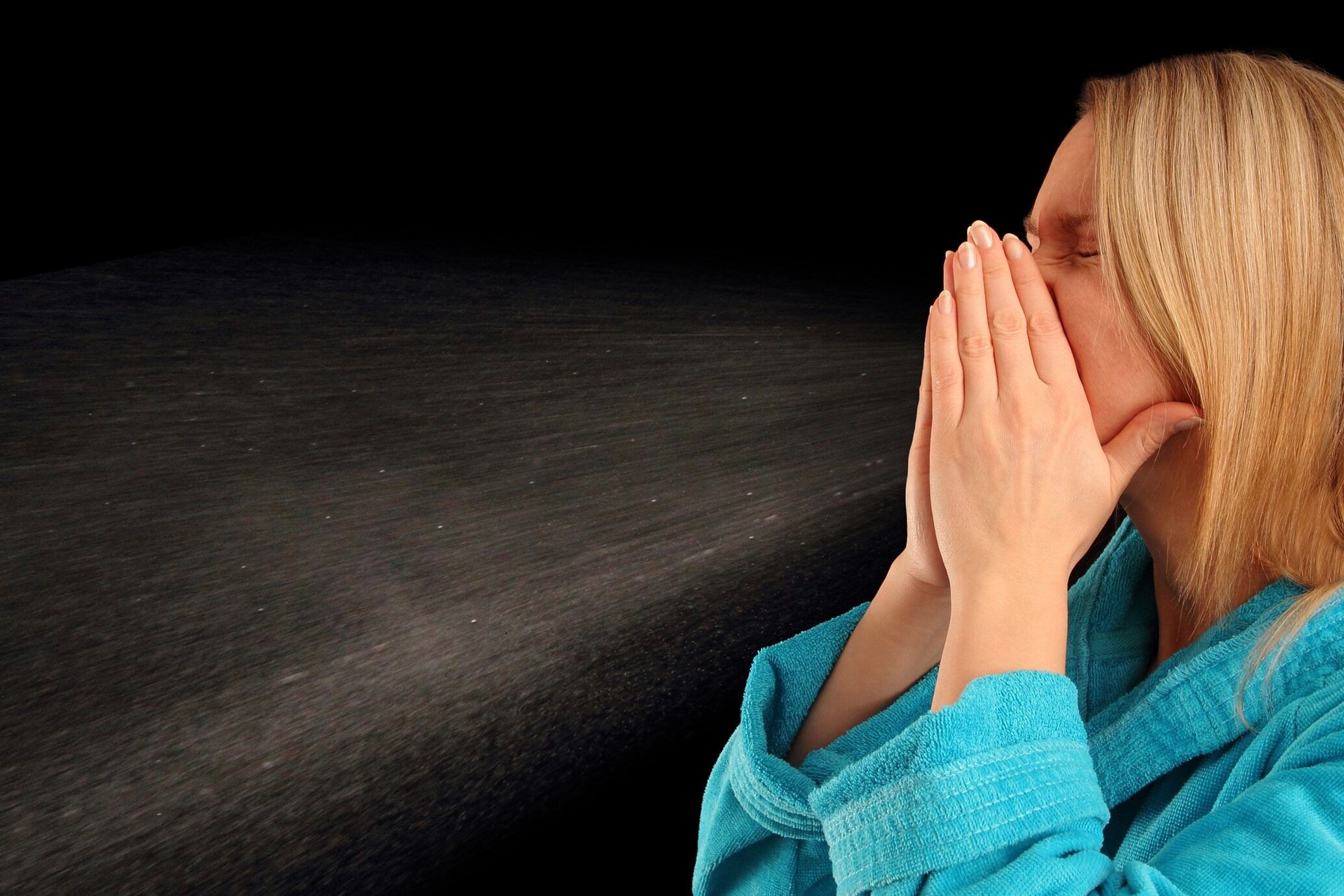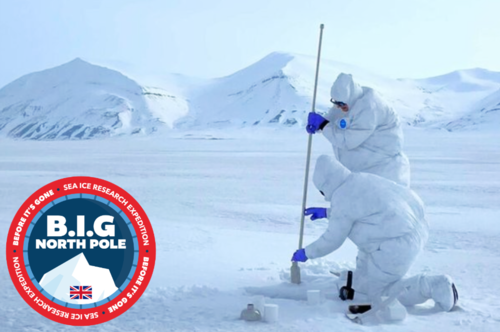Discussion on air sterilisation technology
Air Sterilisation Technology
Since the emergence of COVID-19, there has been a lot of discussion surrounding the impact of ventilation and air conditioning systems on the transmission of the virus. Although there is not enough research into the topic thus far to come up with a definitive answer, bodies such as CIBSE and REHVA have suggested that technology designed to sterilise and purify air within a building could be useful in controlling the spread of viruses, whilst at the same time addressing and improving the IAQ.
Current Public Health England guidance on infection control states that “The transmission of COVID-19 is thought to occur mainly through respiratory droplets generated by coughing and sneezing, and through contact with contaminated surfaces. The predominant modes of transmission are assumed to be droplet and contact.”
Droplets will generally fall out of the airstream within a short distance (depending on airflow speed and direction), hence the guidance to remain 2m apart. However, it is now thought that these droplets may evaporate, reducing in size and mass and travel further in air streams, contaminating surfaces and increasing the risk of airborne transmission.
While airborne transmission is not thought to be a primary route of transmission, there is an emerging and growing body of evidence that the SARS 2 CoV can also be spread through the air, particularly in poorly ventilated indoor spaces, and that ventilation provision in buildings should be reviewed in light of this.
Proving modes of transmission during an outbreak is a difficult task, however, multiple recent studies are showing evidence of indirect contact (which may be linked to airborne transmission) and have also linked airflow patterns to infection cases. This has been particularly the case in high occupancy areas, spaces with little fresh air, and when people generate an excessive amount of aerosols (e.g. shouting and singing).
Given the growing body of evidence suggesting airborne transmission may be a route of infection and knowledge of aerosol generation and transport, CIBSE suggest it is prudent to ensure ventilation is operating appropriately to protect occupants.
Like many exposed materials, mechanical ventilation ductwork can be subject to colonisation by a range of micro-organisms. The main requirements for the continued growth of these micro-organisms are a source of food, oxygen (although some bacteria can grow without oxygen), temperatures between 15°C and 25°C, and moisture. Bacteria and fungi can grow both in illuminated areas and where there is little/no light.
Since enough nutrient and oxygen, and suitable temperatures, are nearly always available within buildings, the overriding controlling factor is the availability of moisture. Airborne contaminants may be minimised by proper and effective filtration and regular maintenance. Viral material that settles within ductwork will become unviable over time. In the event that some viral material entered ventilation and air-conditioning systems prior to buildings being vacated due to the current restrictions, it is extremely unlikely that the material will pose any risk when those buildings are re-occupied.
Methods used to eliminate micro-organisms from air ductwork
concentrate on killing or filtering to remove on entry before they can
contaminate the ductwork system. Among the air filtration or precipitation
devices only the high efficiency particulate absolute (HEPA) air filters and
electrostatic units have been proven to be effective at removing particles in
the size range of microbes. HEPA filters capable of removing particles as small
as 0.01 micron are used in some mechanical ventilation systems. However, their
high resistance to flow and resulting energy and cost penalty, means their use
is generally restricted to areas where particularly high standards of cleanliness
are essential, such as hospital operating theatres.
In poorly ventilated spaces with a high occupancy and where it is difficult to increase ventilation rates to an acceptable level, CIBSE recommend that it may be appropriate to consider using air cleaning and disinfection devices.
The most appropriate devices are likely to be local HEPA filtration units or those that use germicidal UV (GUV). GUV devices use light in the UV-C spectrum and have been shown to inactivate Coronaviruses. Such devices can be applied as an upper-room system or a standalone consumer unit, but it is important that these are sized correctly for the room they are serving, as many do not have the flowrate required to be effective in larger spaces. In-duct UV-C is not recommended to control infection transmission unless it is to decontaminate air that is recirculated.
Devices that emit ozone or other potentially hazardous by-products should not be used within occupied spaces.
Examples of air sterilisation equipment on the market today
Bio-Oxygen Europe produce equipment that can be retro-fit into existing air handling systems. The process emulates that of nature – as the sun rises each morning, it rains a cloud of electrons onto the Earth. These electrons magnetise the oxygen gas present within the atmosphere, making a series of active oxygen molecules, which fight viruses and bacteria in the air around us.
The Bio-Oxygen process was designed to replicate the active
paramagnetic function of oxygen, creating the sun’s role in the production of
electrons, and bringing the freshness of outside air indoors. With Bio-Oxygen
equipment installed in air handling plant, electrons are generated and
pressurised inside the electrode tubes of the device. These electrons are then
emitted in the form of an electron shower.
When the fresh air stream passes through the spray of electrons, the oxygen molecules absorb the electrons and they become active magnetic particles that work to purify the air around them.
Radic8 produce equipment designed to be installed within the space to be treated and help eradicate airborne and droplet viruses. The equipment also addresses IAQ by tackling pollutants such as toluene, nitrogen dioxide, formaldehyde, bacteria, mould, and particulate matter.
The sterilisation chamber of the Radic8 equipment is designed to use a process called photocatalytic oxidation to kill bacteria, viruses, and other particulate matter in a single air pass. Photocatalytic oxidation, the combination of ultraviolet radiation and titanium dioxide, does two things. One, the ultraviolet radiation will break the RNA or DNA of any pathogens, which will kill a virus or a bacterium. Two, the combination of ultraviolet radiation and titanium dioxide creates something called hydroxyl radicals – these are oxidising radicals, the chamber is designed to maximise oxidisation and ultraviolet radiation.
Panasonic like Radic8, produce equipment designed to be installed within the space to be treated and help eradicate airborne and droplet viruses using technology focused on Hydroxyl radicals. Abundant in nature, Hydroxyl radicals neutralise pollutants, viruses, and bacteria to clean and deodorise. Hydroxyl radicals are unstable molecules looking to react with other elements like hydrogen, capturing it.
Thanks to this reaction, Hydroxyl radicals inhibit the growth of pollutants such as bacteria, viruses, moulds, and odours, breaking them down and neutralising the unpleasant effects. Panasonic’s Nanoe X Technology can bring these benefits indoors so that hard surfaces, soft furnishings, and the indoor environment can be a cleaner and more pleasant place to be.
By creating Hydroxyl radicals enveloped by water, Nanoe X Technology significantly boosts their effectiveness, increasing Hydroxyl radicals lifetime from less than a second in nature, to more than 600 seconds (10 minutes).
For more information visit our solutions pages.
Latest Articles
Evotech sponsors BIG North Pole Sea Ice Research Expedition
Read More >Evotech expands its footprint with new London hub
Read More >Government launches Occupational Health Taskforce
Read More >200 schools in London to have air filters installed in classrooms
Read More >




